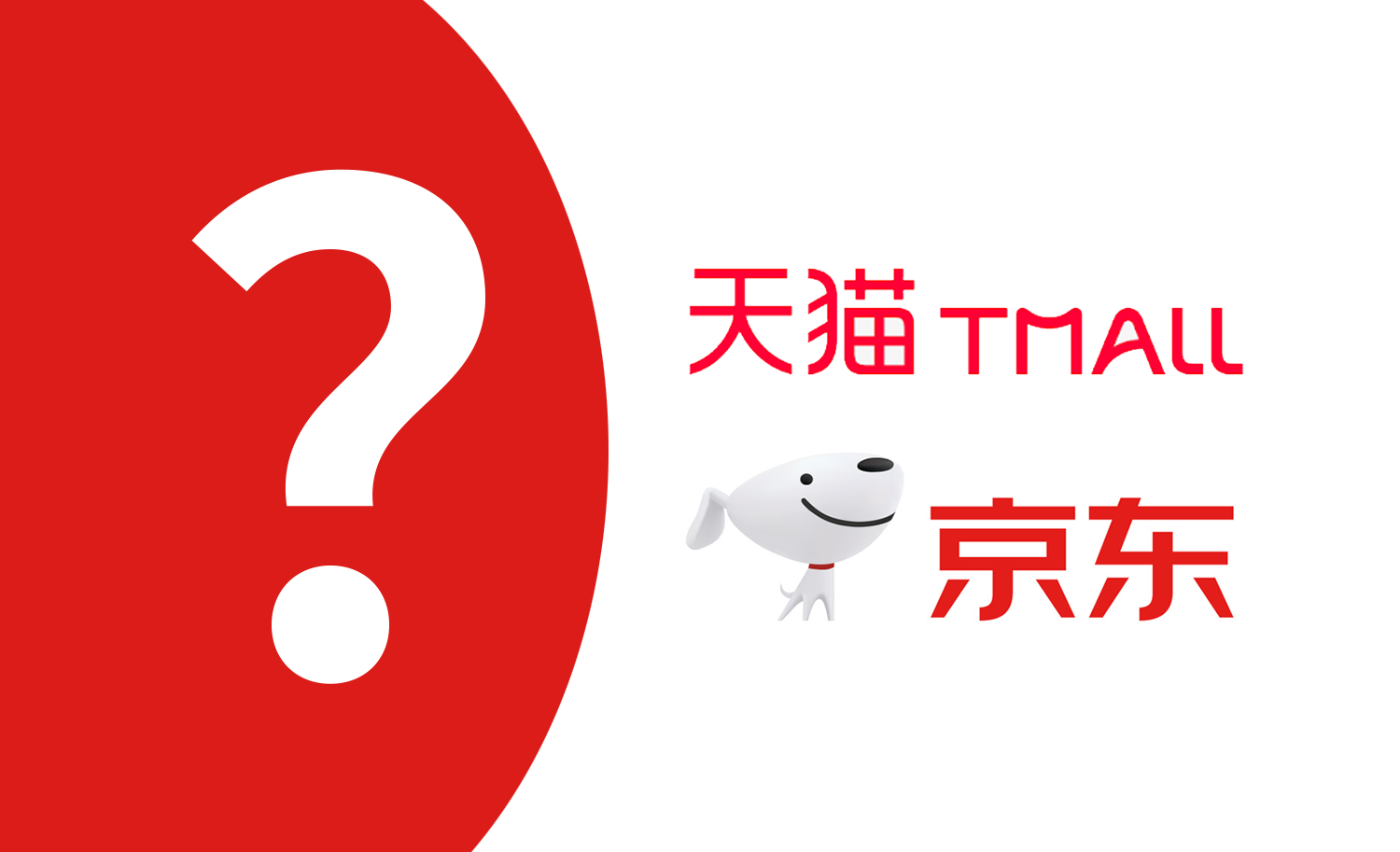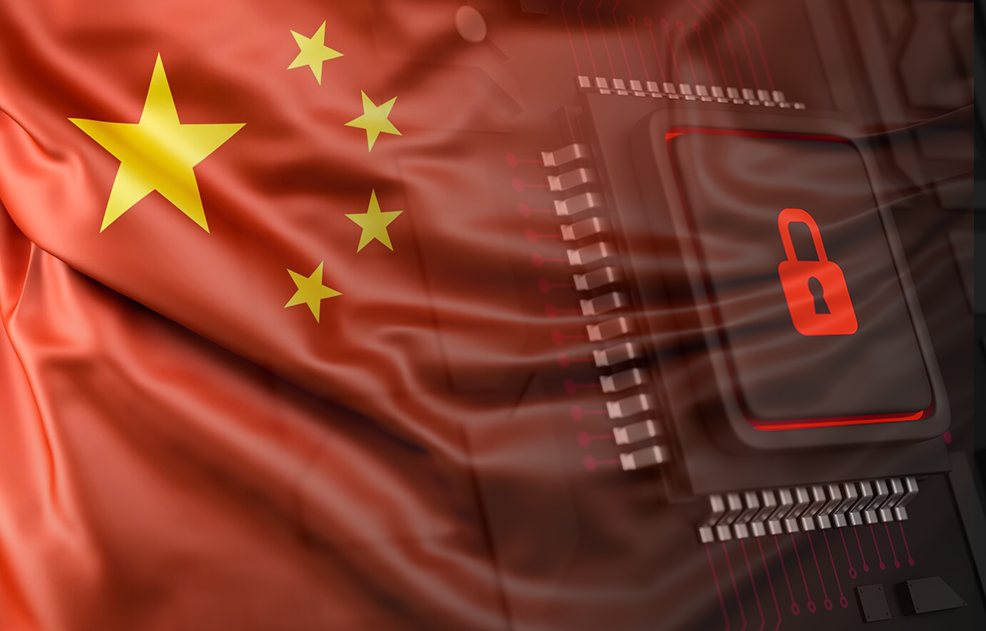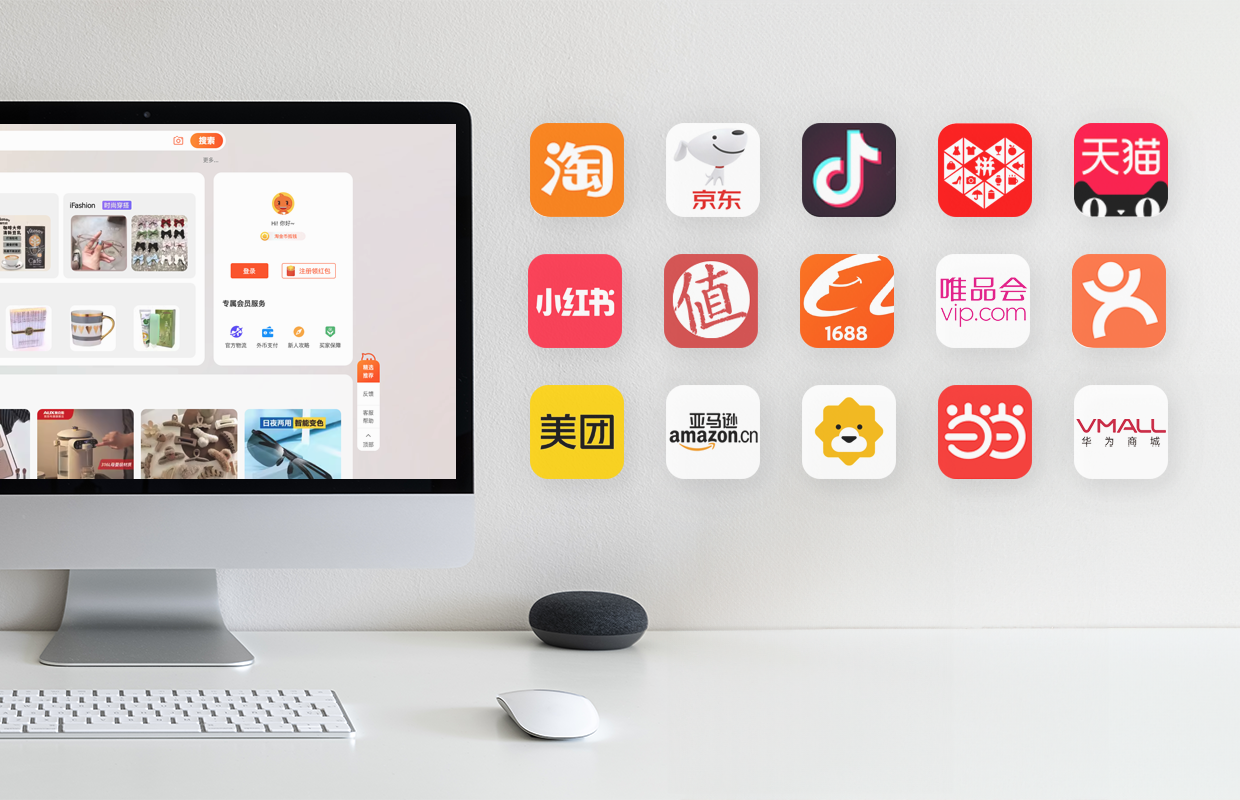eCommerce is a global industry, but for China there are many country-specific aspects. Take for example affiliate marketing, an effective way to expand your audience by making use of external channels. In China, this involves KOLs and different networks. We delve into some differences between China affiliate marketing and its Western counterpart. Joining us to provide some pro tips is ms. Nara Bi, Lead Social Marketer at Nanjing Marketing Group.
One of the first to have an affiliate program was Amazon in 1996. Amazon Associates allows website owners, web developers and Amazon sellers to earn money by advertising millions of new and used products from Amazon.com and its subsidiaries. When website owners and bloggers who are Associates create links and customers click through those links and buy products from Amazon, they earn referral fees.
In China, local online marketplaces such as Taobao, JD.com and Tmall rule. With Amazon being unable to get a significant market share, China affiliate marketing programs developed around 2004. One of the first on the market was Yiqifa who cooperates with all the big Chinese internet companies from Tencent to Sohu. They are also one of a few platforms which allow foreign companies to register.
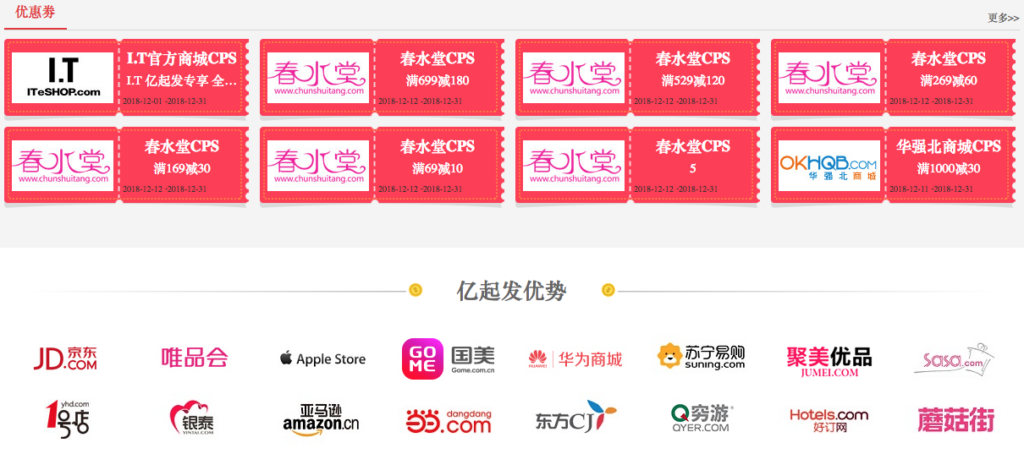
So how can eCommerce companies make use of China affiliate marketing channels? Should it be part of your China marketing strategy and if yes, at which step?
Know Your Product and Marketing Strategy
When asked what the most important part of a company’s China marketing strategy is or should be, Ms. Bi answers without hesitation: “Know your product and establish a presence in the right market. You need to be well-prepared and have a good idea of what you want to accomplish. What kind of platforms would you consider for promoting or marketing your product? Which channels would or would not work? Is it better to work with KOL’s or affiliate marketing platforms?”
Working with How Can a Pretty KOL Help Your eCommerce Business in China?KOL is applying their strong influence onto their fans via the social media in China. Will KOL marketing give out a satisfying campaign result to prove its value?Key Opinion Leaders (KOL’s) is a popular way of marketing and branding in China these days. “Even though KOL marketing costs are rising year by year, it does not stop brands from working with them. They undeniably have become a marketing tool with high conversion rates and quick results,” ms. Bi says.
So what is a reason to use a China affiliate marketing platform? Let’s delve a bit further in the setup of the affiliate marketing platforms in China.
How China Affiliate Marketing Works
Affiliate marketing in China is not very different from the rest of the world. You share your revenue with the affiliates and they promote your products. However, ms. Bi explains that “instead of working with the affiliates directly, you sign a contract with an affiliate network which belongs to the CPS Union. This is an advertising network, where the cost of advertising is calculated based on actual sales. CPS Union promotes a brand on many websites at the same time and charges a one-time admission fee and a commission based on sales.”
2 terms you will often see pop up when talking about affiliate marketing are “wangzhanzu (网站主)” and “guanggaozhu (广告主)”. Literally translated, these terms mean "internet boss" and "advertising boss".
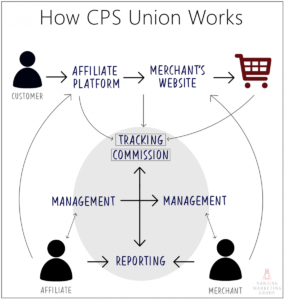
The former one can for example be a publisher, partner, reseller or marketer. They achieve a certain advertising effect by setting up and carrying out advertisements and events to attract users to a certain page. They can organize these activities or events individually, and profit from an affiliate marketing platform’s wider reach.
The latter can be a merchant, advertiser or retailer who promotes its products online to increase its brand recognition and findability or find new sales channels. They come to online platforms such as Yiqifa to have their products promoted.
The ‘wangzhanzhu’ can literally be their own boss. Individuals might simply get a discount from the company whose product they are promoting. “The profits are low, but the stakes as well. Furthermore, if the person shares many messages you might still sell quite a lot of products,” ms. Bi adds.
According to ms. Bi, social media makes affiliate marketing in China a very seamless experience. “Foreign and Chinese companies should make use of affiliate marketing possibilities. Discount coupons or activity announcements are easily shared in WeChat groups and consumers often purchase products through these affiliated links. Furthermore, with technology becoming even more advanced, there are now also possibilities to do GPS-targeted or -based affiliate marketing which is even more effective.”
The Right Strategy at The Right Cost
Although KOL’s might come with a certain price tag, the same counts for affiliate marketing as well. Some foreign channels are present in China and provide services via their platforms. However, in general, ms. Bi feels a brand already needs to have a presence in China when choosing for affiliate marketing. Furthermore, there are risks involved for certain industries such as medical products or the financial industry.
As to the exact cost structure, “you pay commission based on your sales volume, products’ popularity, and the industry. This might be 10%, but the commission can go as low as 5% or as high as 40% in the adult products industry. Platforms also requite an initiative fee, a yearly fee that you pay to the platform to be able to use it – and it is usually between 20,000 to 30,000 RMB (2,900 to 4,500 USD),” ms. Bi comments.
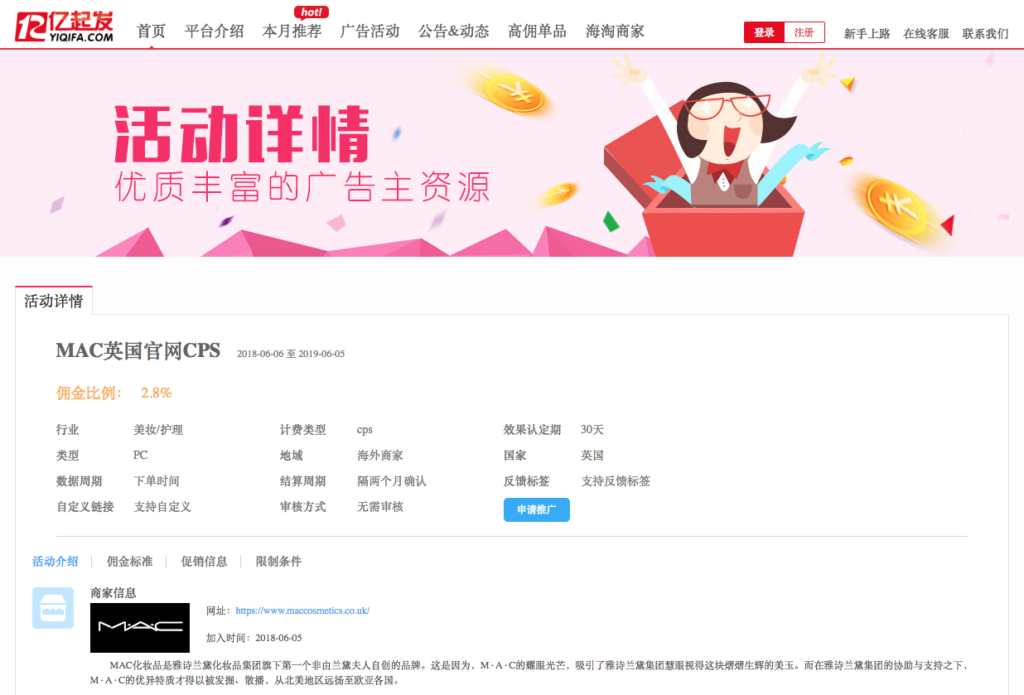
She also explains that it is possible to work with Chinese affiliates through foreign platforms such as LinkShare. But the more people you have in between, the lower the commission paid to Yiqifa, and the lower the quality of the affiliates. Therefore, ms. Bi says that foreign platforms usually work with Chinese platforms, not affiliates, directly.
The Future of China Affiliate Marketing
Like eCommerce, affiliate marketing is rapidly developing. Together with the rise of social media and technology, there will be even more diversity for affiliate marketing in the future.
“Live streaming and short video apps are new platforms where affiliate marketing is finding a new audience. Not only can a product be promoted in a live stream, its use and special features can be shown. This can of course entirely be discussed with the brand to ensure it is done in the right way. Additionally, large Chinese brands such as Wang Zai Milk and international brands like Louis Vuitton set up official Douyin accounts. By sharing videos and making content, they engage the audience and actively promote themselves,” ms. Bi points out.
For eCommerce companies who are looking to leave a serious and lasting impression in China, affiliate marketing thus is an important tool to consider and use. Many platforms are also catering to specific industries such as games, digital or cross-border. Ms. Bi mentions that companies should really look at multiple affiliate marketing platforms as well. “There will be gaps and overlaps between niches and industries, so it is important to have full coverage. We normally advise brands to be present on 2 to 3 platforms. This includes smaller and larger ones, as well as platforms with a specific focus such as overseas products or games. With good research and preparation, affiliate marketing is a safe way to boost sales and promote a brand.”
Ms. Nara Bi leads the social marketing department at Nanjing Marketing Group, managing client social campaigns across industries. Nanjing Marketing Group focuses on rapidly building Chinese marketing solutions for Western businesses.


